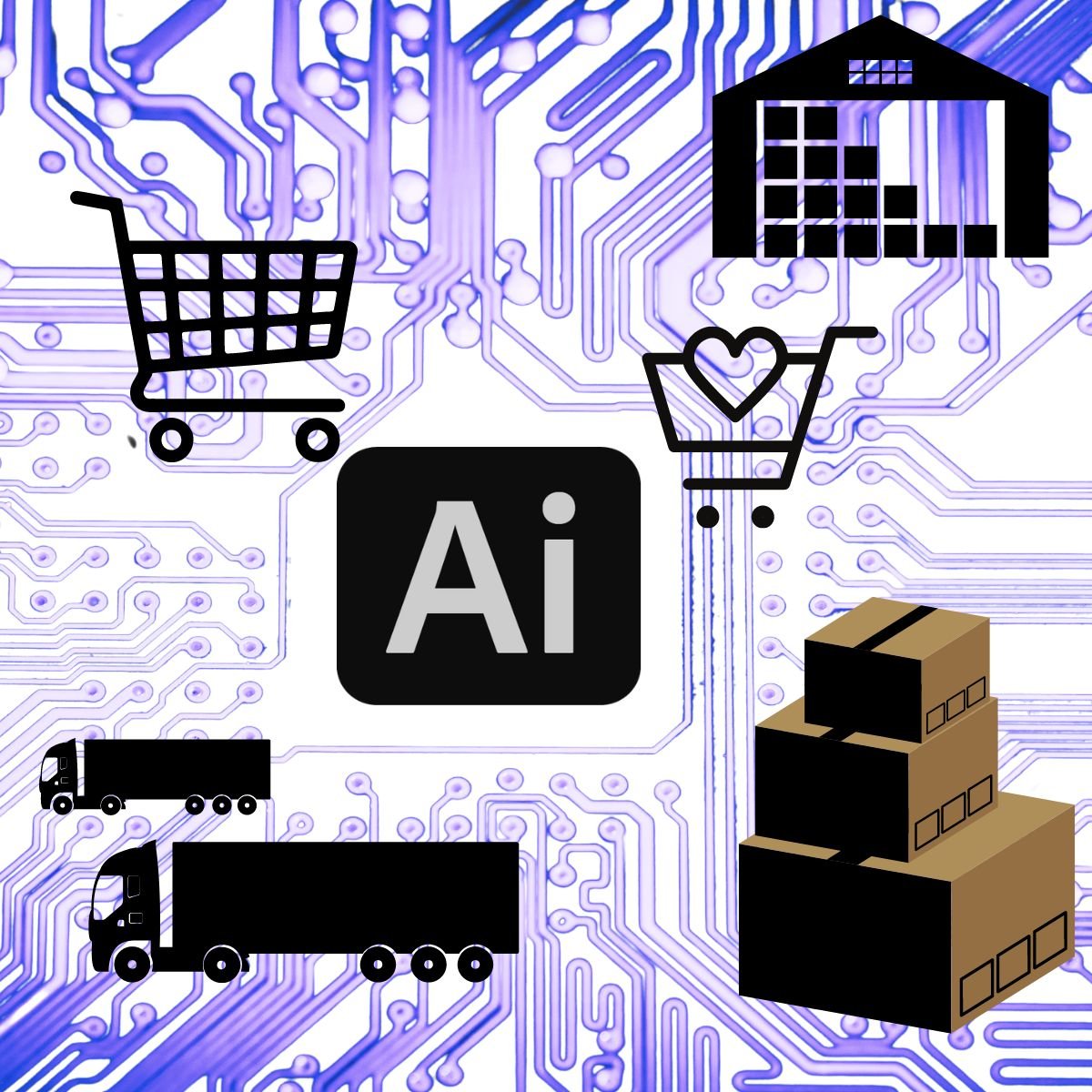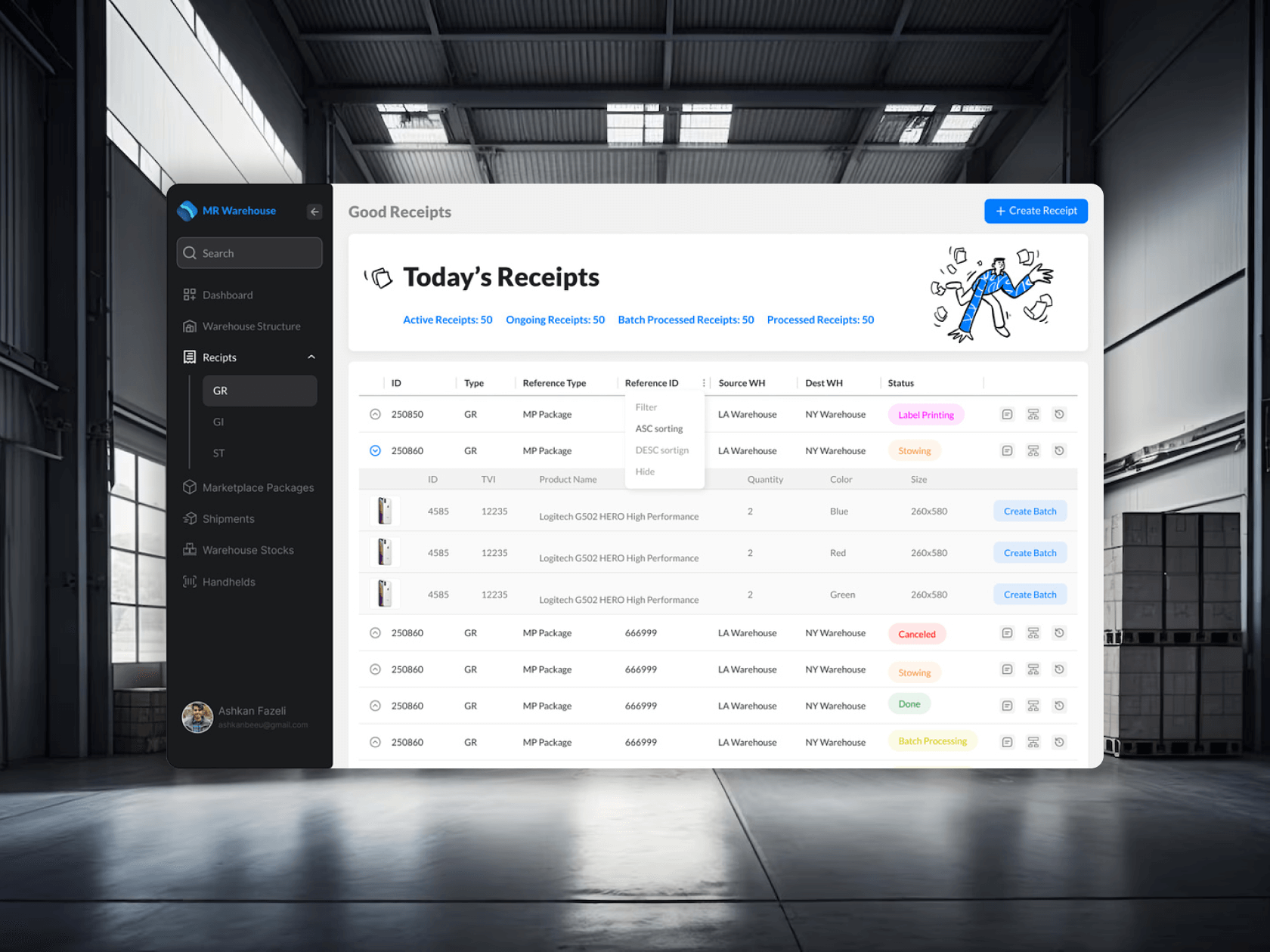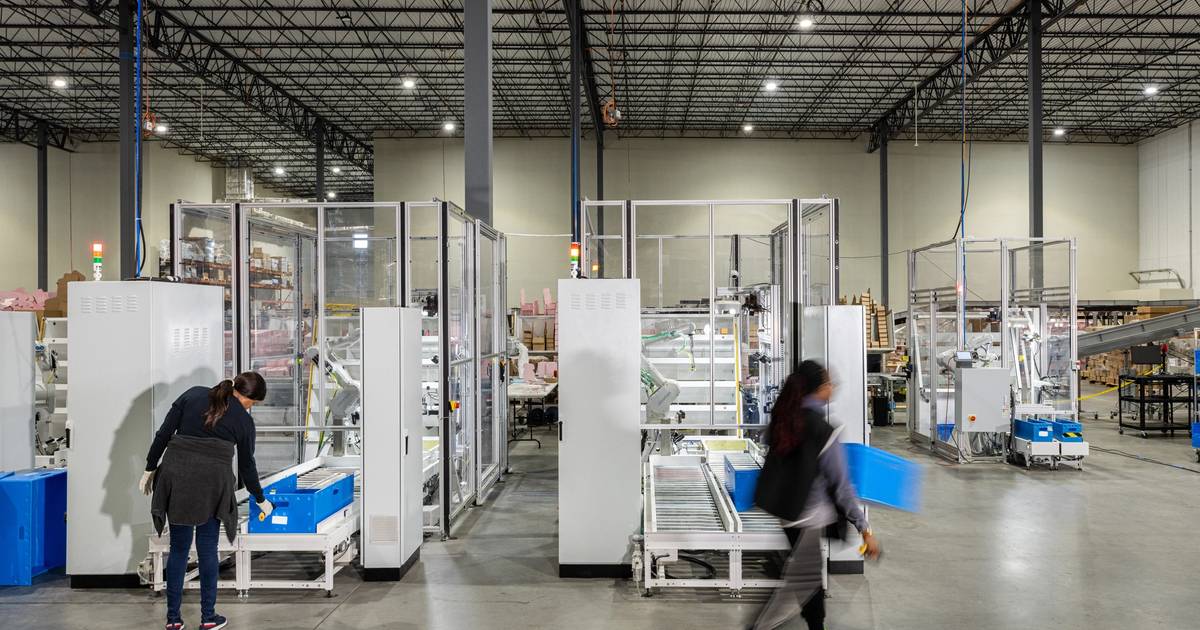How Can AI Transform Your Warehouse Circuit Diagram AI-powered systems bring unprecedented levels of precision to the logistics & supply chain industry. That translates to faster AI technology adoption in warehouse management. As per Forbes Advisor, 73% of industry heads plan to integrate AI solutions into their businesses within five years. This swift transformation underscores the potential

The code creates an AI-powered warehouse management system with document processing and interactive chat capabilities. While building this application, my focus was on creating an intuitive user interface that effectively handles Excel documents, processes them for analysis, and enables natural conversation with the data. Image showing why AI Software Development for WMS matters. Improved Operational Efficiency: AI-based WMS can automate inventory tracking, order picking, and shipping, leading to faster processing times and fewer errors. Optimized Inventory Management: AI algorithms can look at historical data and trends to optimize inventory, reducing both overstocking and stockouts. Moreover, AI enhances operational workflows through automated picking and packing systems, which streamline order fulfillment processes, reduce human error, and improve throughput. Moreover, robots powered by AI work alongside human staff to move goods more efficiently within the warehouse, tackling heavy lifting and repetitive tasks.

AI in Warehouse Management: Top Applications & Examples Circuit Diagram
The integration of AI and automation in warehouse management through Microsoft Dynamics 365 ERP is revolutionizing the way businesses handle their supply chains. With intelligent inventory management, AI-powered order fulfillment, and automated workflows, companies can enhance efficiency, reduce costs, and improve overall operational effectiveness. A hands-on guide showing how to build an AI-powered warehouse management system using Python and modern AI technologies. The system helps businesses analyze inventory data, predict stock needs, and make smarter warehouse decisions through natural language interactions. of building an AI Warehouse Manager — a practical application that

We came across some encouraging statistics and numbers that suggest that the global warehouse management system market value is expected to touch approximately $13.34 billion by 2030 at a CAGR of 19.5%. Similarly, Global Trade Magazine has anticipated that AI in Warehouse Management will grow at a CAGR of 39% during the period 2024-2033. AI-powered systems enable automated inventory tracking and optimization, allowing warehouses to monitor stock levels, locations, and movements in real-time (Lebhar .2022). Advanced computer vision
